Induction tawa, also known as an induction griddle or induction skillet, is a cooking appliance designed for use on induction cooktops. Induction Tawa is a flat, circular cooking surface typically made of cast iron or stainless steel, which is compatible with induction heating technology.
Table of Contents
Features Of An Induction Tawa
Induction tawa is specifically designed to work efficiently and effectively with induction cooktops. Here are some common features of induction cookware:Magnetic Properties: Induction cookware must be made from magnetic materials such as cast iron or magnetic stainless steel. These materials are responsive to the magnetic fields generated by the induction cooktop, allowing for efficient heat transfer.
Flat and Smooth Bottom: Induction tawa typically has a flat and smooth bottom. This ensures maximum contact with the induction cooktop's surface, promoting even heat distribution and preventing hot spots.
High Thermal Conductivity: Induction cookware often possesses high thermal conductivity. This helps in quickly and uniformly distributing heat across the cooking surface, ensuring consistent cooking results.
Size and Shape: Induction tawa should have a compatible size and shape with the induction cooktop's cooking zones. It is important to choose cookware that fits well within the circular or rectangular cooking zones to optimize heat transfer and prevent energy waste.
Heat Resistance: Induction tawa is designed to withstand high cooking temperatures without warping or damage. This is especially important for cookware that may be used for searing, frying, or other high-temperature cooking techniques.
How Does Induction Tawa Work?
Induction cooking utilizes electromagnetic fields to directly heat the cookware, making it an efficient and precise method of cooking. Induction tawas are specifically designed to work with induction cooktops, which require cookware that is magnetic and can generate heat through electromagnetic induction.Benefits Of Induction Tawa:
An induction tawa offers several advantages over traditional tawas or griddles used on gas or electric stoves. Here are some key benefits:Energy efficiency: Induction cooking is highly energy-efficient as it heats the cookware directly, resulting in minimal heat loss. The heat is generated only within the induction tawa, ensuring faster and more efficient cooking.
Precise temperature control: Induction cooktops provide precise temperature control, allowing you to adjust the heat levels quickly and accurately. This feature is particularly useful for tasks like searing, sautéing, or simmering.
Even heat distribution: The flat surface of an induction tawa ensures even heat distribution across the entire cooking area. This helps in achieving consistent results and prevents uneven cooking or hot spots.
Safety features: Induction cooktops, including induction tawa, have built-in safety features. For instance, they remain cool to the touch outside the cooking area, reducing the risk of burns. Additionally, induction cooktops automatically shut off if there is no compatible cookware on the surface or when the cookware is removed.
Easy maintenance: Induction tawas are generally easy to clean. As the surface does not get as hot as traditional cookware, spills and food residue are less likely to get burnt and stuck. Most induction tawas are dishwasher-safe, but it's advisable to check the manufacturer's instructions.
Best Induction Tawas In India 2023:
Meyer offers the best induction tawa range in India. The induction tawa ranges by Meyer come in various sizes, allowing you to choose according to your cooking needs. Whether you are looking for non-stick coated induction tawa, nickel free stainless steel induction tawa or cast iron induction tawa, Meyer offers a wide range of induction tawa to cater to the distinguished needs of different consumers.
Here are our top 3 picks:
Is Cast Iron Tawa Induction Friendly?
Yes, cast iron cookware as well as cast iron tawa is generally compatible with induction cooktops. Cast iron is a magnetic material, which makes it suitable for induction cooking. Induction cooktops use magnetic fields to generate heat directly in the cookware, and cast iron is responsive to these magnetic fields.
When using cast iron cookware on an induction cooktop, ensure that the cookware has a flat and smooth bottom to maximize contact with the cooktop's surface and promote even heat distribution. It's also important to handle cast iron cookware with care, as it can be heavy and retain heat for a long time.
Keep in mind that cast iron cookware requires specific maintenance, including seasoning and proper cleaning techniques, to keep it in optimal condition. Refer to the manufacturer's instructions or specific care guidelines for your cast iron cookware to ensure its longevity and performance on an induction cooktop.
Easy Tips To Maintain Induction Tawa:
To maintain your induction cookware and keep it in good condition, here are some general tips:
Read the Manufacturer's Instructions: Always refer to the manufacturer's instructions and specific care guidelines that come with your induction cookware. Different types of cookware may have unique requirements, so it's important to follow the recommended practices.
Seasoning (for certain types of cookware): Some types of induction cookware, such as cast iron or carbon steel, may require seasoning. Seasoning involves applying a thin layer of oil and heating the cookware to create a natural non-stick surface and prevent rust. Follow the seasoning instructions provided by the manufacturer or refer to specific seasoning techniques for your cookware.
Cleaning: After each use, allow the cookware to cool down before cleaning. Avoid placing hot cookware directly under cold water, as it can cause thermal shock and potentially damage the cookware. Here are general cleaning guidelines:
Hand Washing: Most induction cookware is best cleaned by hand using warm water, mild dish soap, and a soft sponge or cloth. Avoid using abrasive cleaners or scrubbers that may damage the surface or non-stick coating.
Stubborn Stains or Residue: For stubborn stains or residue, you can soak the cookware in warm soapy water for a short period to help loosen the debris before cleaning. Use non-abrasive cleaning tools and avoid harsh chemicals.
Dishwasher Compatibility: Check the manufacturer's instructions to see if your induction cookware is dishwasher-safe. If it is, place it in the dishwasher following the recommended guidelines. However, hand washing is generally gentler and can help prolong the lifespan of the cookware.
Storage: To avoid scratches or damage, stack induction cookware carefully, placing protective padding or paper towels between each piece. Store the cookware in a dry and well-ventilated area to prevent moisture buildup, which can lead to rust or corrosion.
Avoid Extreme Temperature Changes: Avoid exposing your induction cookware to extreme temperature changes, such as placing hot cookware on a cold surface or immersing hot cookware in cold water. These sudden changes can cause thermal stress and potentially damage the cookware.

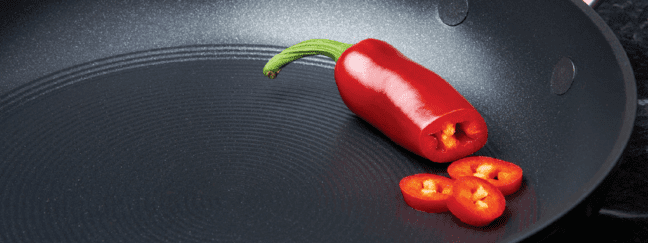

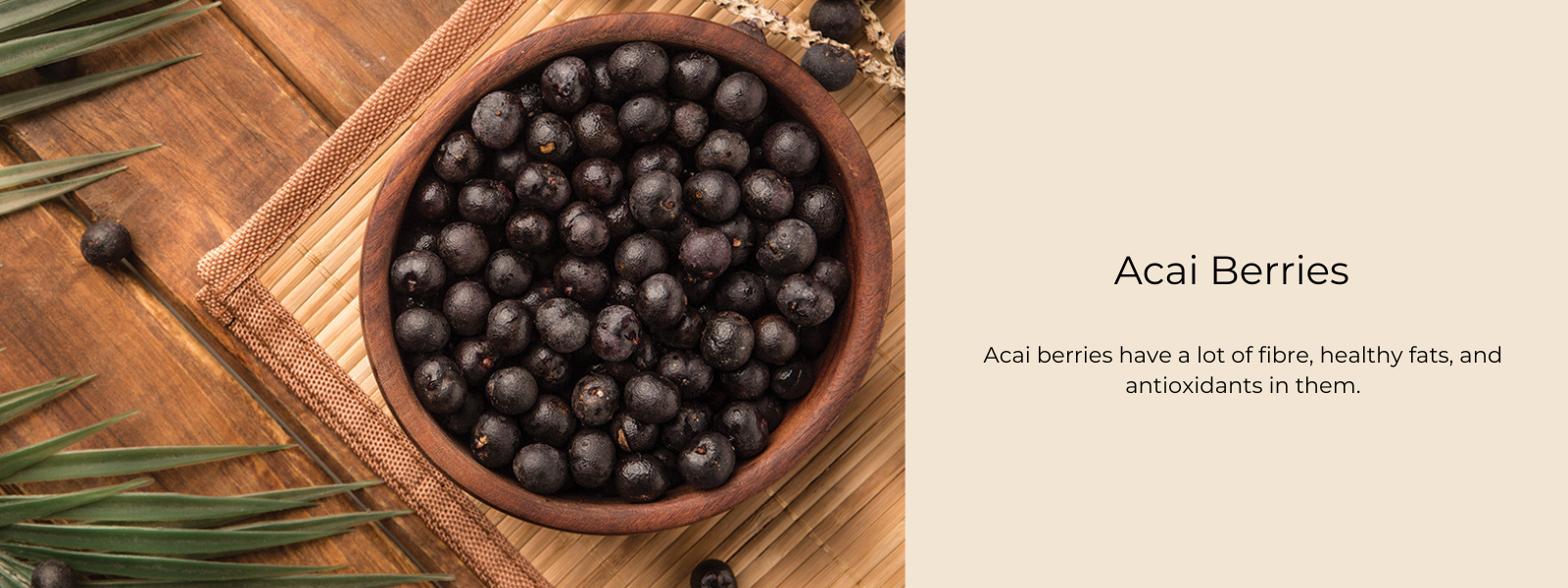
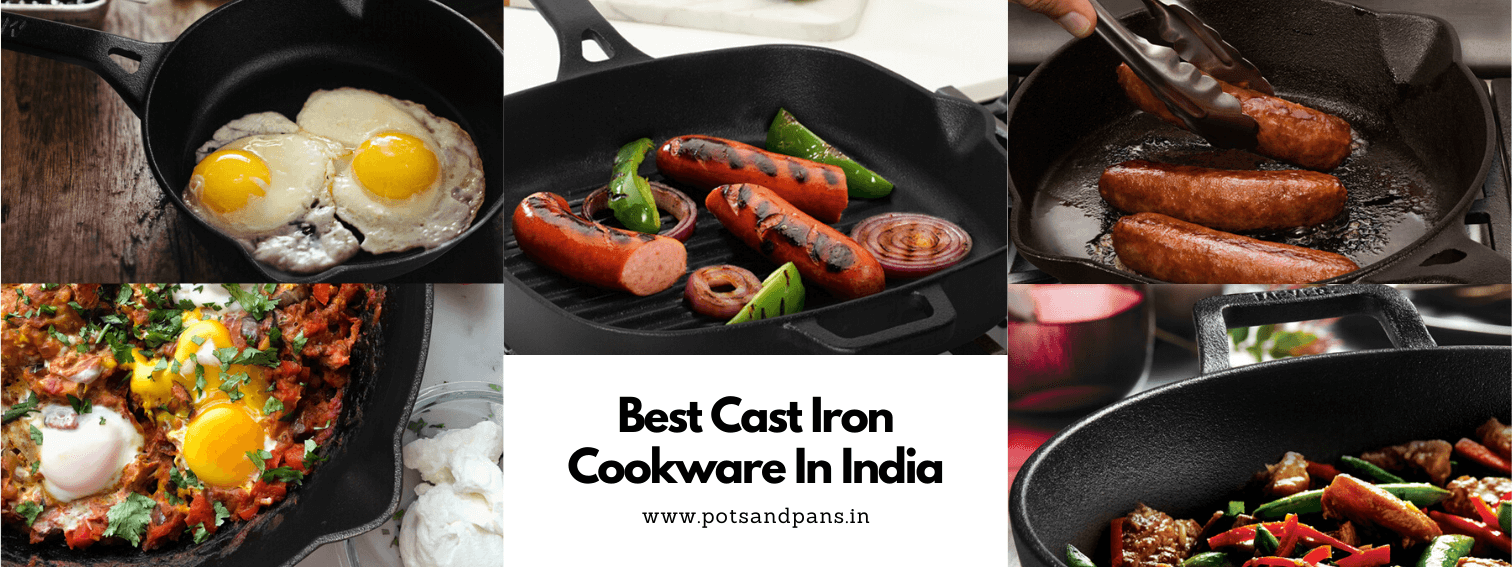
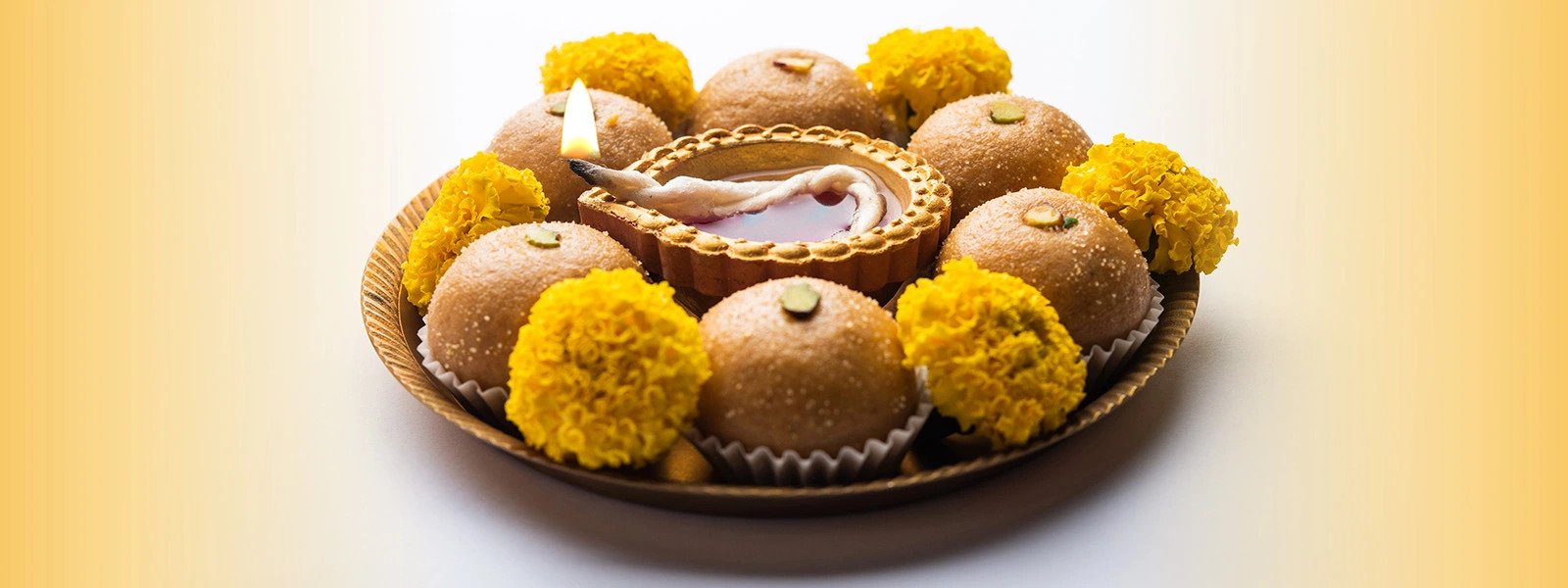
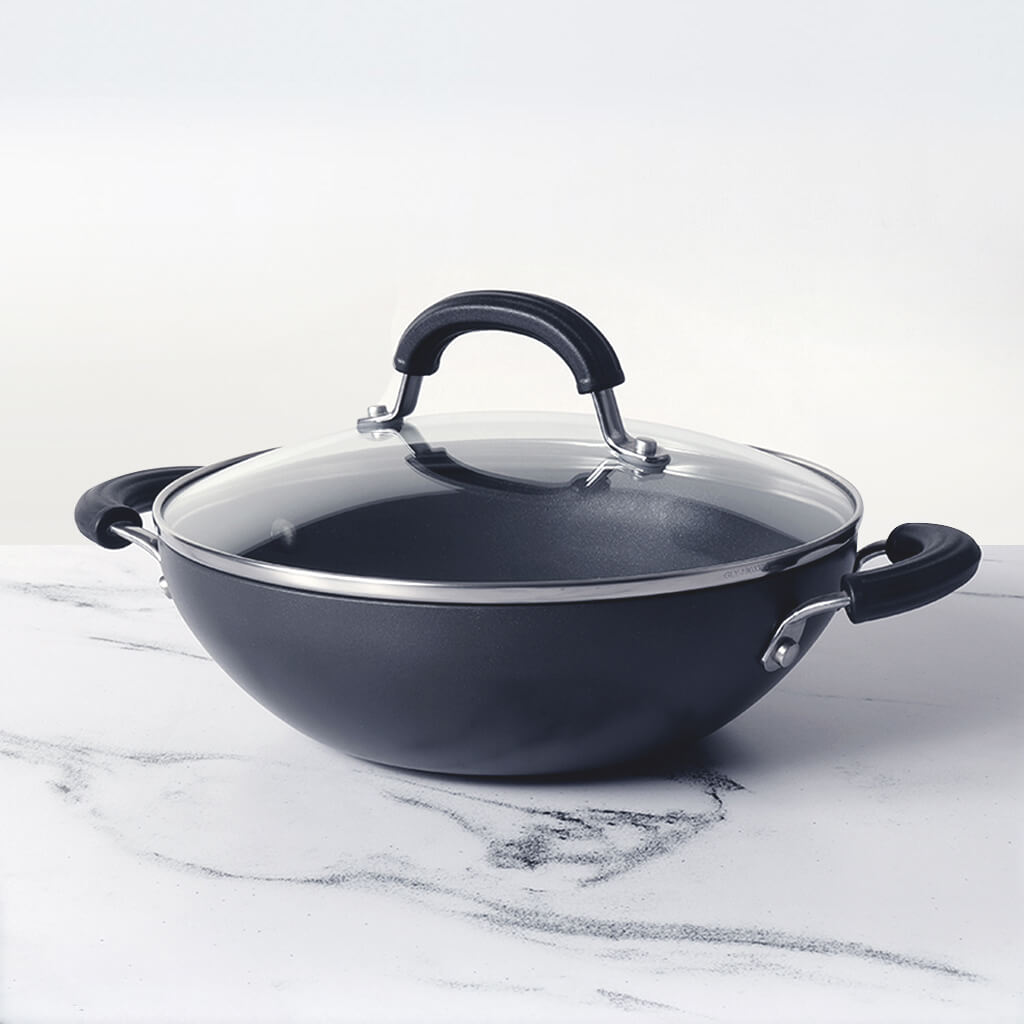
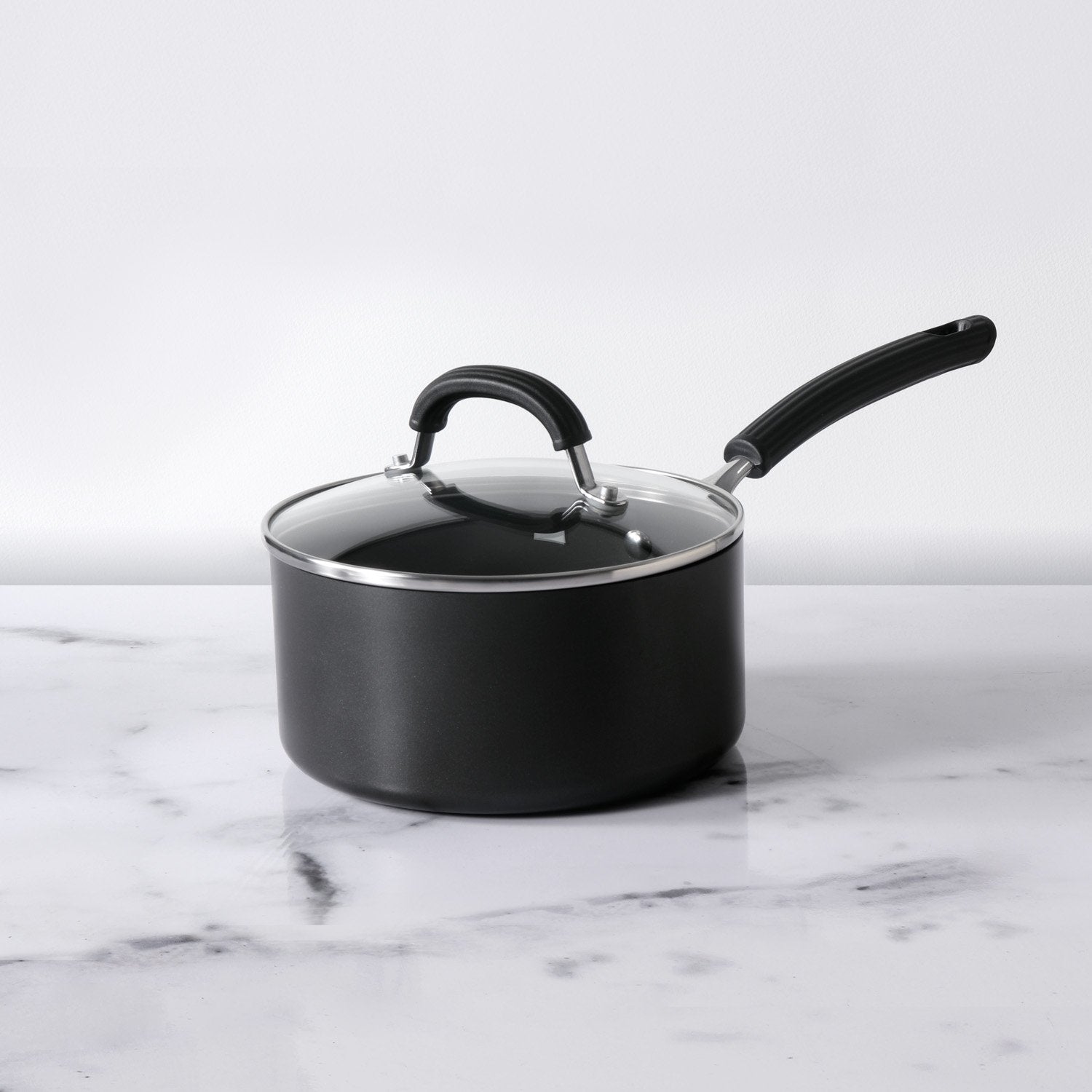




Leave a comment